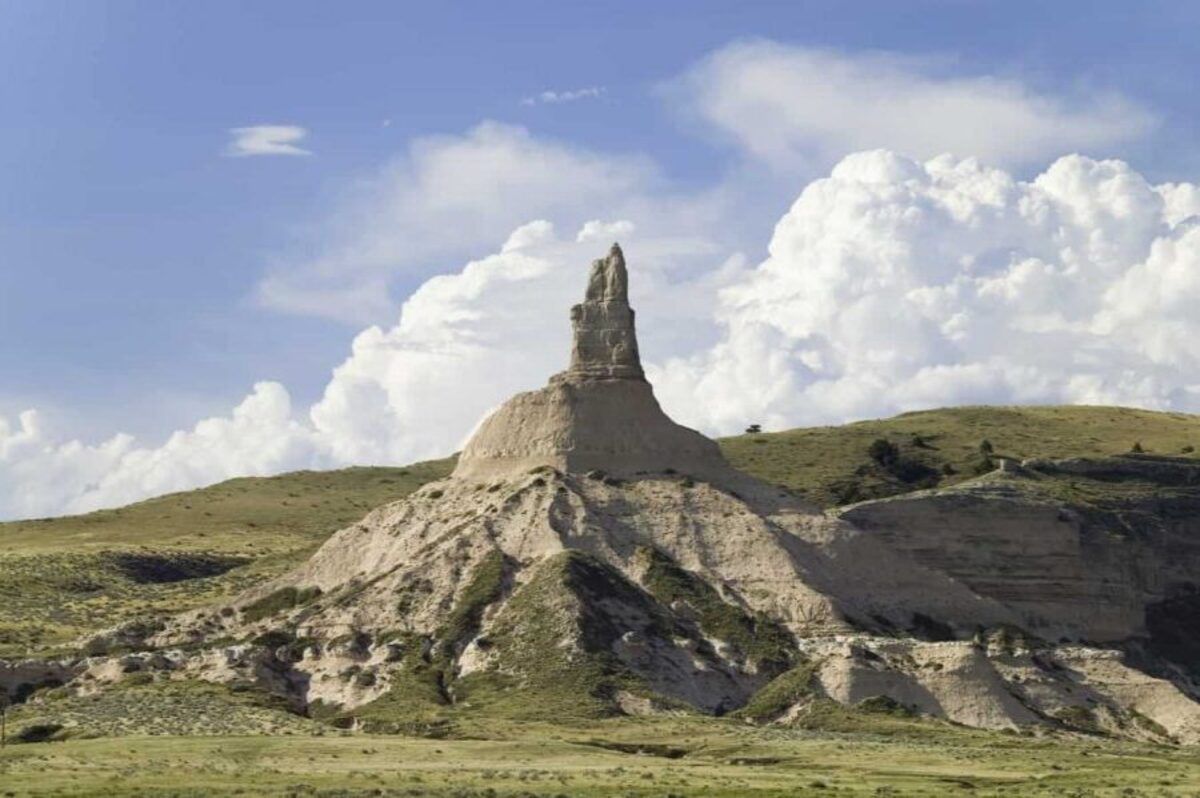Hidden Echoes Of The Oregon Trail Landmarks

Ever wondered what it was like to travel the Oregon Trail? This historic route, stretching from Missouri to Oregon, holds many secrets and stories. Along the way, pioneers faced harsh weather, treacherous rivers, and rugged mountains. Today, you can still visit many Oregon Trail landmarks that echo the past. From Chimney Rock in Nebraska to Fort Laramie in Wyoming, each site tells a unique story of bravery and determination. Imagine standing where thousands once stood, dreaming of a new life in the West. Ready to step back in time and explore these incredible landmarks? Let’s dive into the history and beauty of the Oregon Trail.
Hidden Echoes of the Oregon Trail Landmarks
The Oregon Trail, a historic route that once guided pioneers westward, is filled with landmarks that whisper tales of adventure, hardship, and hope. These hidden echoes of the past offer a glimpse into the lives of those who braved the journey. Let's explore some of these fascinating spots.
Chimney Rock
Chimney Rock, a towering natural spire, served as a crucial landmark for travelers. Its unique shape made it easily recognizable from miles away, providing a sense of direction and reassurance.
- Chimney Rock: This iconic rock formation rises 300 feet above the North Platte River Valley. Pioneers often mentioned it in their diaries, marking it as a significant milestone on their journey.
Scotts Bluff
Scotts Bluff, another prominent feature along the trail, offered a welcome sight for weary travelers. Its towering cliffs provided a natural barrier against the harsh winds and a place to rest.
- Scotts Bluff: This massive bluff stands over 800 feet tall and stretches for miles. It served as a natural guidepost, helping pioneers navigate the vast plains.
Fort Laramie
Fort Laramie was a vital stop for supplies and rest. It became a bustling hub where travelers could trade goods, repair wagons, and gather information about the trail ahead.
- Fort Laramie: Established in 1834, this fort played a crucial role in the westward expansion. It provided a safe haven for pioneers and a place to resupply before continuing their journey.
Independence Rock
Independence Rock, often called the "Great Register of the Desert," was a popular spot for travelers to carve their names, leaving a lasting mark of their passage.
- Independence Rock: This massive granite rock stands 130 feet high and is covered with the names of thousands of pioneers. It became a symbol of hope and determination for those heading west.
Soda Springs
Soda Springs, known for its natural bubbling springs, offered a refreshing break for travelers. The mineral-rich waters were believed to have healing properties.
- Soda Springs: These natural springs provided a much-needed respite for weary pioneers. The bubbling waters were a source of fascination and relief, offering a moment of relaxation on the arduous journey.
Fort Bridger
Fort Bridger, established by mountain man Jim Bridger, was another essential stop along the trail. It provided a place to rest, trade, and gather information about the road ahead.
- Fort Bridger: Founded in 1843, this fort became a key resupply point for travelers. It offered a place to rest, repair wagons, and gather valuable information about the trail.
South Pass
South Pass, a broad and gentle pass through the Rocky Mountains, was a critical point on the trail. Its relatively easy terrain made it a preferred route for wagons.
- South Pass: This wide pass through the Rockies was a crucial crossing point for pioneers. Its gentle slopes made it easier for wagons to traverse, marking a significant milestone on the journey west.
Fort Hall
Fort Hall, a trading post established by the Hudson's Bay Company, provided essential supplies and information for travelers. It became a crucial stop before the final push to Oregon.
- Fort Hall: Established in 1834, this trading post offered a place to rest and resupply. It became a key stop for pioneers, providing essential goods and information for the journey ahead.
Blue Mountains
The Blue Mountains presented one of the most challenging sections of the trail. The steep and rugged terrain tested the endurance of both pioneers and their animals.
- Blue Mountains: These mountains posed a significant challenge for travelers. The steep and rugged terrain required careful navigation, making it one of the most difficult parts of the journey.
The Dalles
The Dalles, a narrow and treacherous section of the Columbia River, marked the final obstacle before reaching the fertile lands of the Willamette Valley.
- The Dalles: This section of the Columbia River was notorious for its dangerous rapids. Pioneers often had to make the difficult decision to navigate the treacherous waters or take a longer overland route.
The Oregon Trail's hidden echoes continue to resonate through these landmarks, each telling a unique story of the pioneers' journey westward.
Oregon Trail's Timeless Legacy
The Oregon Trail holds a special place in American history. Visiting landmarks like Independence Rock, Chimney Rock, and Fort Laramie offers a glimpse into the past. These sites tell stories of courage, hardship, and adventure. Walking these paths, you can almost hear the echoes of pioneers who once traveled them.
Exploring these landmarks isn't just about seeing old rocks or forts. It's about connecting with a time when people risked everything for a new life. The trail's history is rich, and its lessons are timeless. Whether you're a history buff or just curious, these sites are worth the trip.
So, pack your bags, hit the road, and experience the Oregon Trail's enduring legacy. You'll leave with a deeper appreciation for the pioneers' incredible journey and the land they traversed.

